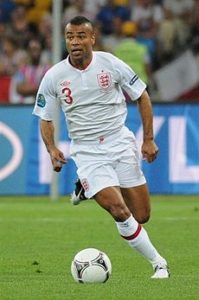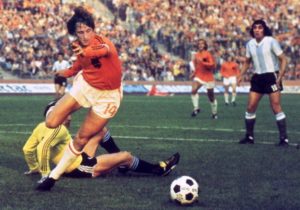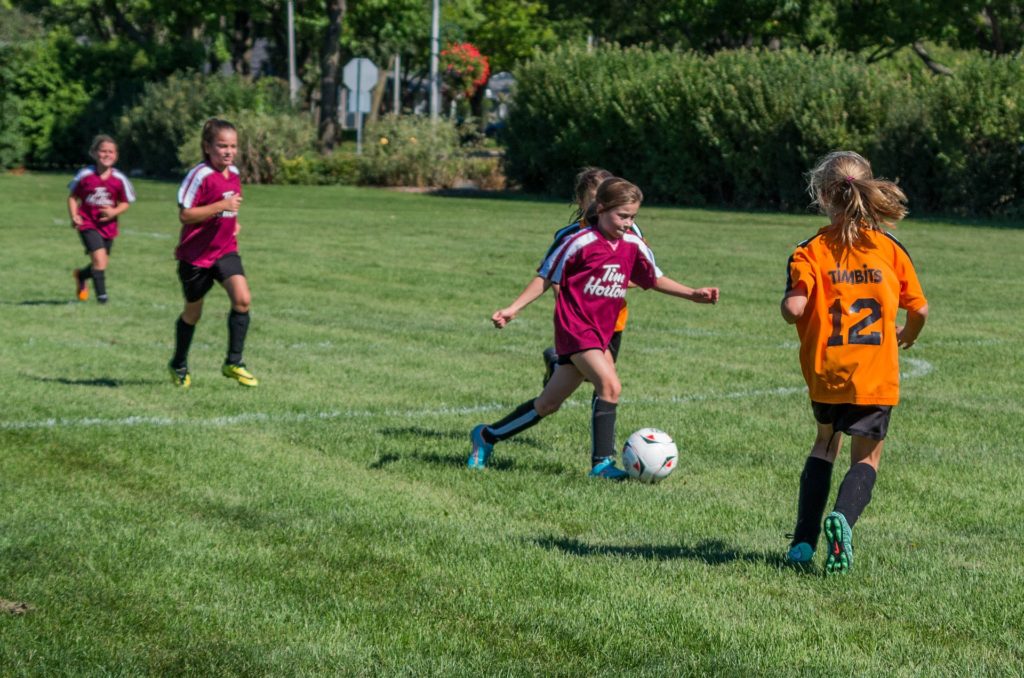The debate as to whether rotating positions for players at youth level is one that will continue to develop for a long time. There are those who believe that players should be pigeon-holed, for a variety of reasons. Then there are those who believe that position rotation will benefit their long term individual and collective development. I am of the latter.
My previous experience with teams has seen me adopt both mentalities. There is no doubt that the players who have gone on to achieve the greatest success in football are those who have played all over the field. The following 5 benefits are some of the reasons why rotating positions is recommended.
Increased Awareness, Understanding & Empathy

When I played football with my friends growing up, there were certain unwritten rules. One of these was that the weaker kids played in defence. Naturally, coming up against stronger players, they normally got ran ragged. What quickly followed was an absolute lambasting by the stronger players on their team for not doing better! Back then, players were consistently pigeon-holed and Strikers had no idea what pressure Defenders & Goalies had to deal with.
Rotating players gives those who see themselves as natural “strikers” the chance to understand the challenges that players they see as “defenders” face. This increased awareness and empathy lends itself to more understanding when mistakes happen. Arms round shoulders from team mates are far more beneficial to team spirit than a player hearing how bad they have been.
Advanced Skill Development
Imagine the scenario: your team is 1-0 down in a cup final with 5 minutes to go and all subs have been made. You need to push forward, so send your centre-back up front to offer a physical presence. One problem – your centre-back has never played in that position. Everytime they have had the ball previously, it is with the play in front of them. They have no muscle memory of receiving the ball with their back to goal. Whenever the ball comes to them they resemble Bambi on ice! A chance to score happens and it gets skied over the bar. This is not an uncommon situation.
Just because a player might be a long term right-back, they still need to know how to score. They need to be comfortable in 1 v 1’s. They need to play with their back to the opponents goal if the ball goes behind them. In a similar manner, a striker needs to know how to defend effectively, individually and as part of a unit. They need to know how to receive the ball to feet, both in front of them and on the half turn. In other words, regardless of position, players need to be well rounded.
At foundation age level, the game is played at a rudimentary level. With less players on the field (5 v 5, 7 v 7 & 9 v 9), more space is available to attack. Therefore, those who play striker have more chances to take shots. Those who play defence have more opportunities to work their on defensive skills. Those on the wing get more 1 v 1 opportunities.
Allowing players the chance to play in a variety of positions gives them the opportunity to develop all of their technical skills. When they reach the 11 v 11 format of the game, there is a variety of situations where these skills are needed, regardless of position. For players to have a understanding of what is required when these situations arise, calling back to a time in their formative years greatly assists.
Future Position Changes

Ashley Cole entered the Arsenal youth ranks as a striker, yet went on to become arguably the best left-back in the world. Chris Sutton became the British record transfer as a striker, yet started as a pro at Centre Back. As a Villa fan, I saw Gareth Barry go from centre-back to centre-mid via left-back and left-mid over his 10 year spell with us. Pigeon-holing players as “definitely (insert position)” at foundation age level is dangerous as there are so many examples that show it is the wrong approach to take at that age.
Give players a chance everywhere. A watching scout is looking for more than just ability on the ball. They may see something with your star striker playing as a centre-mid that you was unable to.
Fluid, Flexible Football

In 1974, the Netherlands made the world aware of the concept of Total Football. It is the theory that any outfield player can take over the role of any other player in the team. As a result, positions are interchangeable throughout the game. The theory has evolved in modern years under coaches such as Johan Cryuff and Pep Guardiola. It is something that a lot of coaches strive to achieve and understandably so.
With players expected to be able to seemlessly switch positions in a game, rotating them in games at the foundation age group makes sense. Players will be expected to change their mindset mid-game. For example, the right-back overlaps the right winger. The right-back must now think like a winger due to teh space they have taken up on the field and vice versa. Likewise, if the striker drifts wide, the centre-mid pushes forward and the winger steps inside, all 3 players must start thinking like the new positional role that they have taken up. This goes for being in and out of possession.
Switching players roles in the game at a young age allows them to understand how to adopt these different mindsets from an early age. The transition to Total Football makes far more sense, especially when you start coaching more positional work and movement to drag opponents out of position. My former U12 girls had a season of switching positions at U11, before we started looking at lateral movement. Despite being the youngest team in the division (based on birth months), larger opponents struggled to cope. They had been used to playing against opponents that only moved vertically. As a result, the girls achieved a very respectable 2nd place in the league.
Everyone wants to Score

Few feelings are greater in the game of Football than scoring a goal. The outpouring of emotion when seeing the ball hit the net never gets old. For foundation age players, scoring is the pinnacle of individual play. I remember a team I coached where a player scored his first ever competitve goal. The fact we were 6-0 down at the time didn’t matter to him. Or the rest of the team for that matter, who were thrilled for him. For the entire post-match, the smile never left his face.
Pigeon-holing players takes that incredible feeling away from young players. There is no doubt that those playing as a striker get more opportunities to score. If a kid is only ever played as a defender, what chance they likely to get? One of my favourite achievements with the aforementioned U12 girls is that in my 18 months coaching them, all 14 players who were on the roster scored in a competitive game. For 2 of the players, who took nearly the full 18 months to get that goal, the support they received from the rest of the team showed just how important that was to them also.
I once coached a girl, Holly, who scored her first ever goal with a complete hit and hope. She just kicked it long and the keeper missed it. It didn’t matter, her reaction was one of delight. Her next goal (in the next game no less) was a well placed finish with the inside of her foot. Holly’s previous coach had only played her in defence. Her first goal was scored when Holly had the chance to play as a striker and the benefits that had for confidence were astronomical.
Don’t be the coach who takes away a players opportunity to score by sticking them at the back. Scoring could be a life changing moment for them. Think of that impact you could have on a person’s life.

